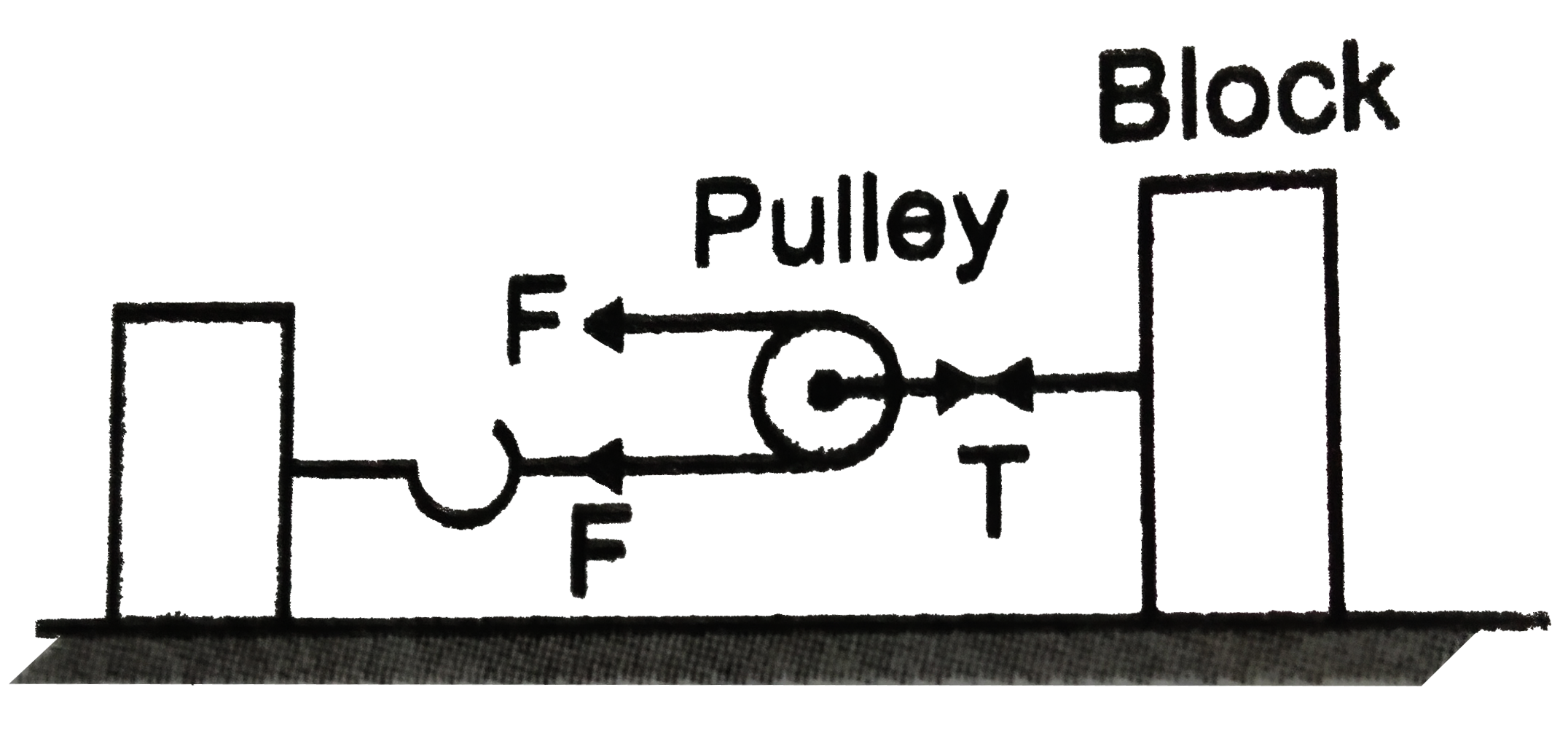Text Solution
Verified by Experts
|
Topper's Solved these Questions
LAWS OF MOTION
PRADEEP|Exercise conceptual problmes|45 VideosView PlaylistLAWS OF MOTION
PRADEEP|Exercise Very short answer questions|73 VideosView PlaylistLAWS OF MOTION
PRADEEP|Exercise Assertion- Reason Type Questions|17 VideosView PlaylistKINEMATICS
PRADEEP|Exercise 1 NCERT Comprehension|4 VideosView PlaylistMATHEMATICAL TOOLS
PRADEEP|Exercise Fill in the blanks|5 VideosView Playlist
Similar Questions
Explore conceptually related problems
Knowledge Check
A
B
C
D
Submit
A
B
C
D
Submit
A
B
C
D
Submit
Similar Questions
Explore conceptually related problems
PRADEEP-LAWS OF MOTION-solved examples
- The pulley arrangements of fig (a) and (b) are identical. The mass of ...
02:22
|
Play - A pull of 15 N is applied on a rope attached to a block of mass 7 kg l...
01:39
|
Play - A block of mass 100 kg is set into motion on a frictionless horizontal...
03:18
|
Playing Now - Two blocks of masses 50 kg and 30 kg connected by a massless string pa...
05:17
|
Play - A block of weight 20 N is placed on a horizontal table and a tension T...
02:52
|
Play - The coefficient of friction between the ground and the wheels of a car...
05:10
|
Play - In the masses of A and B are 10 kg and 5 kg . Calculate the minimum ma...
02:51
|
Play - A body rolled on ice with a velocity of 8 ms^(-1) comes to rest after...
02:39
|
Play - Detrmine the maximum acceleration of the train in which a box lying on...
01:50
|
Play - What is the acceleration of the block and trolley system shown in if t...
02:55
|
Play - A block the of mass 4kg is placed on another block of mass 5kg and the...
05:44
|
Play - A particle of mass m rests on a horizontal floor with which it has a c...
04:27
|
Play - A bullet of mass 0.01 kg is fired horizontal into a 4 kg wooden block ...
08:05
|
Play - A cubical block rests on an inclined plance of mu = (1)/sqrt(3) . Dete...
01:38
|
Play - A block of mass 10 kg is sliding on a surface inclined at 30^(@) with ...
05:26
|
Play - Find the force required to move a train of mass 10^(5) kg up an inclin...
03:31
|
Play - A railway engine weighing 40 metric ton is travelling along a level tr...
05:25
|
Play - A block A of mass 14 kg moves alongg an inclined plance that makes an ...
05:00
|
Play - A mass of 4 kg rest on a horizontal plane . The plane is gradually inc...
01:36
|
Play - An engine of 100 H.P draws a train of mass 200 metric ton with a veloc...
02:27
|
Play
 .
.